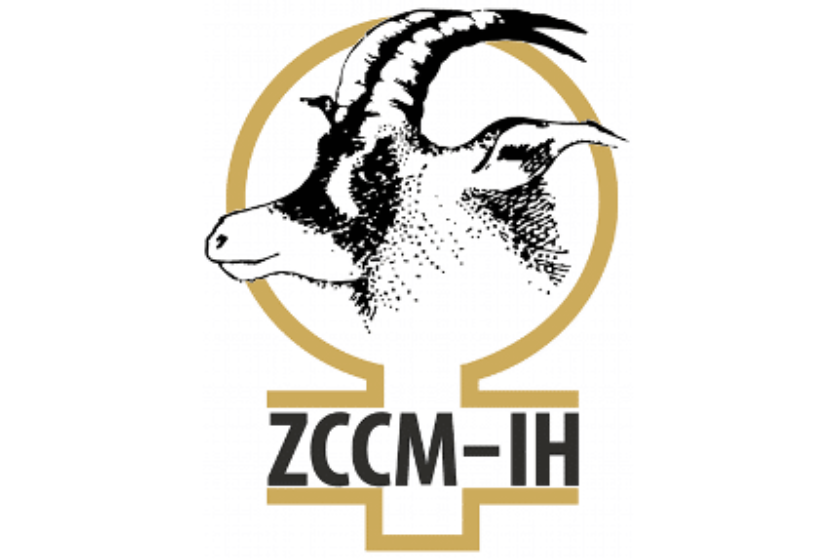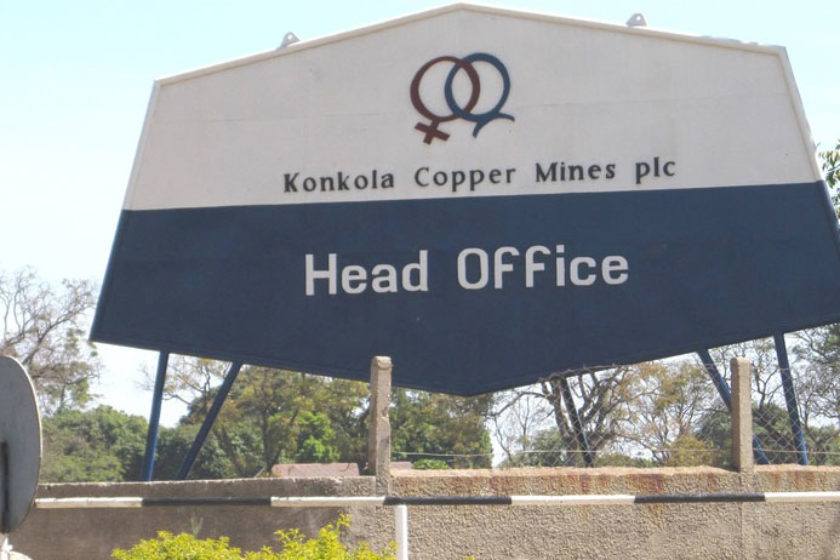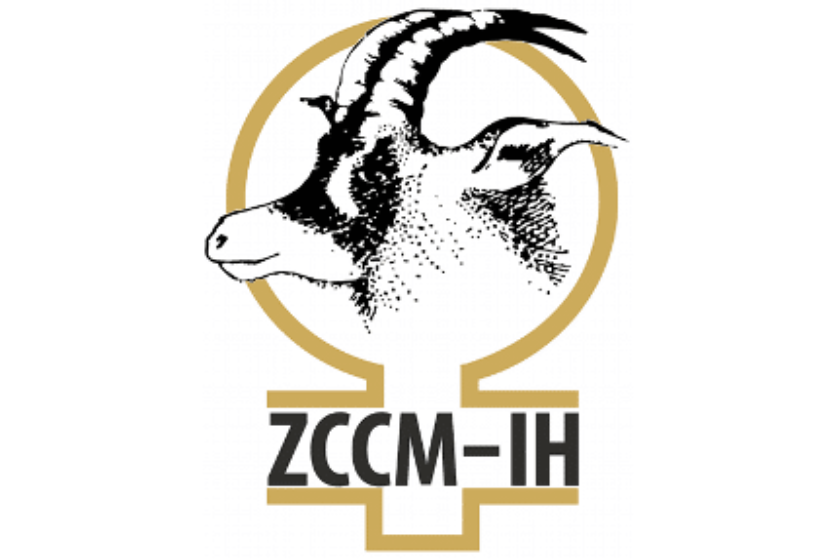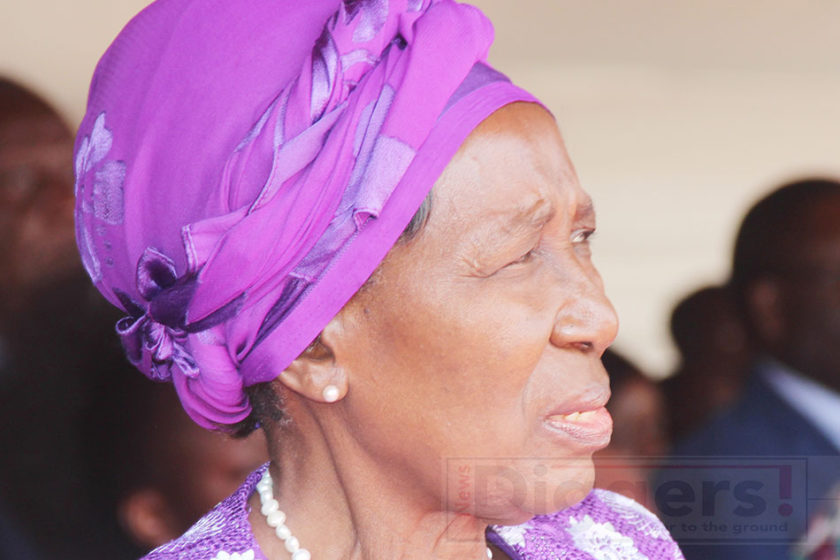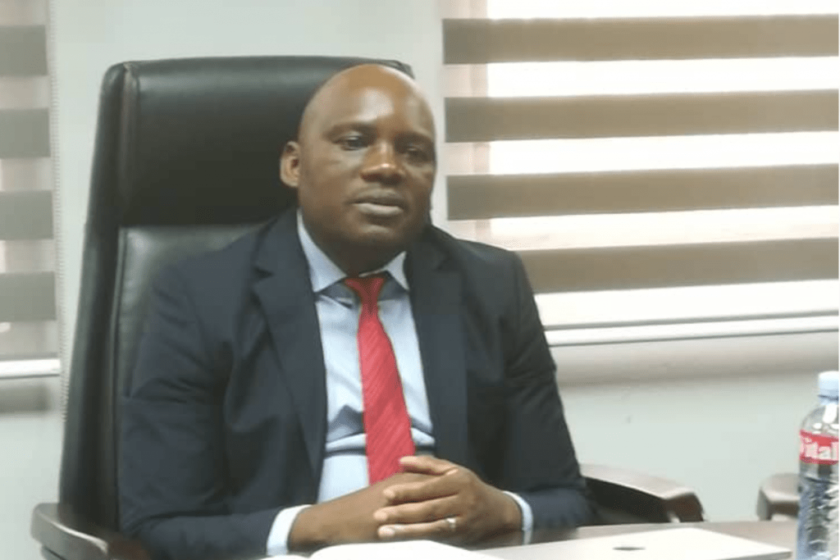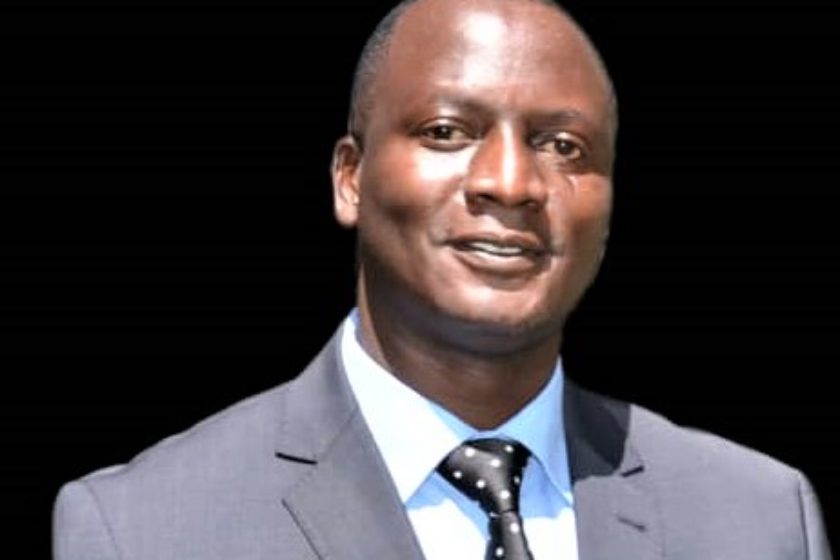Copperbelt Energy Corporation (CEC) Plc’s electricity supply to Konkola Copper Mines (KCM) has drastically dropped to an average 160 megawatts by the end of 2019, from a peak of around 210 megawatts one year ago, company data reveals.
And CEC plans to invest a 2x20MW solar PV in Kitwe with partner, InnoVent, under GET FiT programme, with an overall intention to invest in up to 200MW in solar technology over the next three to six years.
According to CEC head – power plants and mechanical systems John Silweya, CEC’s power distribution to KCM had sharply dropped to an average 160MW this year, from an average 210MW prior to the provisional liquidation team takeover of the mine in May, this year.
He explained that since mid-2019, KCM’s operational challenges had triggered a sharp drop in its access to electricity at its major mining assets of Nkana, Nchanga and Konkola.
“We supply both the Nchanga Mine and the one in Chililabombwe when they are at their peak with about 210MW. They did have challenges; I think you heard at the smelter, there was a challenge there so now I think the mine in Chililabombwe is doing about 80 MW and in Nchanga, they seem to be recovering, they are doing about 80MW as well now, so maybe about 160MW. But we are hoping that they can recover from those operational challenges, we are here to support them,” Silweya told journalists during a media tour of the Luano substation in Chingola District.
And live data from the control room indicating power distribution across CEC’s vast network across its entire network showed a breakdown in power supply across KCM’s three mining assets.
KCM Nkana accessed around 1.76MW; KCM Nchanga accessed 95.2MW, while KCM Konkola received 78.7MW by the end of November.
And speaking to journalists when he gave an overview of CEC’s operations, managing director Owen Silavwe explained that KCM remained the “wettest mine” in the world, hence the need to continuously supply the underground mining operation with electricity or risk losing the entire asset.
“So, one of the key features of the Copperbelt mines, unlike the or the North-Western Province mines, the Copperbelt mines are underground mines, they operate below the water table so one of the key features is that they tend to be very wet mines. For example, Konkola is the wettest mine in the world and because of that, you need these strategic assets to make sure that of the grid is not there, you have to be able to do critical operations. You need to be able to pump out the water because one of the facts known about Konkola was that if it stayed 30 minutes without pumping water, you basically lose the mine. You may not be able to operate. So, you need to continuously pump out the water, so you can’t afford not to have the ability to pump out if you have no grid at Konkola,” explained Silavwe, who also announced that the mining company had not paid for its electricity off-take for the majority of this year.
CEC is one of the oldest power utilities in the country, established in 1951 by mining companies on the Copperbelt, to manage their electricity supply needs as opposed to each mine managing its own electricity generation and distribution, which was the case prior to that year.
The company now supplies power to 10 mines on the Copperbelt, chief among them being KCM, which despite its ongoing operational challenges, consumes the largest chunk of electricity.
And CEC plans to invest a 2x20MW solar PV in Kitwe with partner, InnoVent, under the government’s GET FiT programme, with an overall intention to invest in up to 200MW in solar technology over the next three to six years.
Company data availed in a powerpoint presentation showed the utility’s ambitious power diversification programme over the next half-decade.
“Developing 2x20MW solar PV in Kitwe with partner, InnoVent, under GET FiT programme; intention to invest in up to 200MW in solar technology over the next three to six years; involved in up to 150MW Upepo hybrid (solar, wind, storage) generation project; participating in GET FiT small hydro programme,” read part of the presentation.
A check at one of the company’s 1MW solar pilot project showed that efforts were already underway to actualize this agenda.
“We installed this plant in April, 2018, and the installation took about three weeks. It’s a one megawatt (plant) and the output in simple terms, can power up to 500 big houses. If it’s these small houses in the compound, it can be in excess of 1,000 (houses). The number of panels installed is about 3,800; we have 24 inverters and we have got an 11 KV evacuation line. This power we are using here is consumed at CEC only. This is a pilot plant; we were thinking that before we embark on a bigger project, it’s better we learn, we start small then it had been strategically located near CBU (Copperbelt University) because we also want to assist CBU; we have got about 42 hectares of land, which is earmarked for the same facility. This is one megawatt and we hope the rest of the land, which is remaining, we should be able to put about 20 megawatts,” CEC project manager in charge of business development Cassious Chongo said during a tour of the 1MW plant in Kitwe last week.
“Solar energy is reliable enough, but it has got its negative sides because its intermittent. By that I mean that when there is some disturbance, the output drops. So, on this one, the next project we are working on is the battery storage where we should be able to mitigate that by installing the battery storage.”
CEC mostly owns transmission and distribution infrastructure, whose key usage is when the national grid is unavailable.
A big chunk of it is at Luano substation, which has generating capacity of 40MW; 20MW in Chililabombwe; 10MW in Mufulira and another 10MW in Luanshya.
Source: News Diggers
